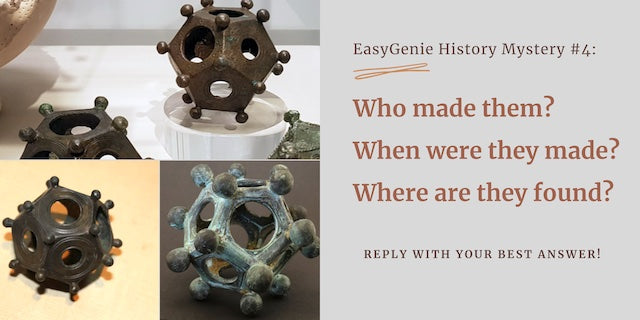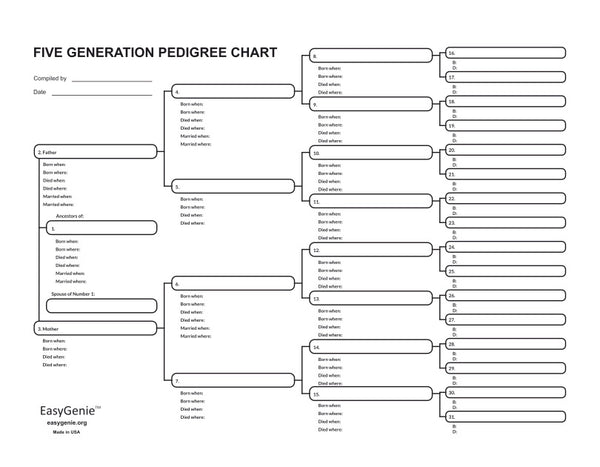
History Mystery #4: Answered!
Ian Lamont
Last week's History Mystery was tough. Only one of you wanted to take a stab at the mysterious 12-sided metal objects, which are known as dodecahedrons. The sole response was a good one:
Perhaps they were a jeweler’s tool used to determine finger size for rings, or used by an armorer to build gauntlets, which has fingers.
I’m guessing they were found in Europe or Asia, somewhere craftsmen were located. They look very old, plus never having heard of them before tells me they came from a far away place, from a very long time ago. Maybe Byzantium or Rome?
I do know they’re a dodecahedron as I have a die with 12 sides but I don’t think this is that because of the different size holes would make the weight uneven?
This reader correctly deduced the origin of the objects, but as we shall see, determining their purpose is a harder nut to crack.
Here are the original clues:
"Hundreds have been found, ranging in size from a golf ball to a baseball. They are made of metal, and each hole has a different size."
And here are the questions and answers from the History Mystery itself:
Who produced them?
Dodecahedrons are relics of the Roman Empire, but only a certain area of the Roman Empire (more below).
When were they made?
Of the samples found thus far, they date from roughly 100 A.D. to 500 A.D. The first ones were unearthed in the 1700s. The one in the photo above was found in the 1980s in London.
Where are they generally found?
This is interesting, and may reveal something about their intended purpose.
So far, they have only been found on the northern edge of the Roman Empire, stretching from Britain and France to Germany and Hungary. That is, they are not found in Italy, Spain, or Roman settlements around the Mediterranean.
Dodecahedrons have been found with troves of coins and burial artifacts, indicating they were more important than a typical household item.
The History Mystery prompt last week did not ask what the dodecahedrons are used for ... because not even the experts are sure about that! There is no lettering or numbering on the objects, and surviving Roman-era writings do not mention them.
Historians and amateur sleuths have a range of ideas of what they might have been used for, beyond a tool used by jewelers or armorers:
- Weapons (like a mace)
- Military banner ornaments
- Candleholders
- Magic objects
- Yarn holders
- Toys
- Calendars
- Astrological use
One hypothesis came from an Italian physicist named Amelia Sparavigna: military rangefinders. Looking through the differently sized holes could give a rough idea of the distance to a landmark or enemy fortification.
For instance, if you know a grown pine tree is 50 paces tall, and looking through one of the smaller holes such a tree fills that hole from top to bottom, the distance might be approximately 1000 paces. If it fills a larger hole, the distance might be 600 paces. The stubs made them easier to hold in the field.
On the other hand, it's strange that there are no mathematical or text markings to indicate distance. And, they were only found on the empire's northern fringe, even though Rome's legions operated across Europe, North Africa, and the Middle East.
Another theory holds that the dodecahedrons are religious icons associated with Northern European pagan beliefs, perhaps mounted on the end of a tapering wooden staff.








